p. 90
from the days of Noah by all those who were of the Church of God. The prophet sent to Ninevah as God’s messenger was called Jonah or the Dove; our Lord’s forerunner, the Baptist, was called in Greek by the name of Ioannes; and so was the Apostle of Love, the author Of the fourth Gospel and of the Apocalypse, named Ioannes.” (Bryant’s Analysis of Ancient Mythology.)
In Masonry the dove is the symbol of purity and innocence. It is significant that in the pagan Mysteries the dove of Venus was crucified upon the four spokes of a great wheel, thus foreshadowing the mystery of the crucified Lord of Love. Although Mohammed drove the doves from the temple at Mecca, occasionally he is depicted with a dove sitting upon his shoulder as the symbol of divine inspiration. In ancient times the effigies of doves were placed upon the heads of scepters to signify that those bearing them were overshadowed by divine prerogative. In mediæval art, the dove frequently was pictured as an emblem of divine benediction.
THE PHŒNIX
Clement, one of the ante-Nicæan Fathers, describes, in the first century after Christ, the peculiar nature and habits of the phœnix, in this wise: “There is a certain bird which is called a Phœnix. This is the only one of its kind and lives five hundred years. And when the time of its dissolution draws near that it must die, it builds itself a nest of frankincense, and myrrh, and other spices, into which, when the time is fulfilled, it enters and dies. But as the flesh decays a certain kind of worm is produced, which, being nourished by the juices of the dead bird, brings forth feathers. Then, when it has acquired strength, it takes up that nest in which are the bones of its parent, and bearing these it passes from the land of Arabia into Egypt, to the city called Heliopolis. And, in open day, flying in the sight of all men, it places them on the altar of the sun, and having done this, hastens back to its former abode. The priests then inspect the registers of the dates, and find that it has returned exactly as the five hundredth year was completed.”
Although admitting that he had not seen the phœnix bird (there being only one alive at a time), Herodotus amplifies a bit the description given by Clement: “They tell a story of what this bird does which does not seem to me to be credible: that he comes all the way from Arabia, and brings the parent bird, all plastered with myrrh, to the temple of the sun, and there buries the body. In order to bring him, they say, he first forms a ball of myrrh as big as he finds that he can carry; then he hollows out the ball, and puts his parent inside; after which he covers over the opening with fresh myrrh, and the ball is then of exactly the same weight as at first; so he brings it to Egypt, plastered over as I have said, and deposits it in the temple of the sun. Such is the story they tell of the doings of this bird.”
Both Herodotus and Pliny noted the general resemblance in shape between the phœnix and the eagle, a point which the reader should carefully consider, for it is reasonably certain that the modern Masonic eagle was originally a phœnix. The body of the phœnix is described as having been covered with glossy purple feathers, while its long tail feathers were alternately blue and red. Its head was light in color and about its neck was a circlet of golden plumage. At the back of its head the phœnix had a peculiar tuft of feathers, a fact quite evident, although it has been overlooked by most writers and symbolists.
The phœnix was regarded as sacred to the sun, and the length of its life (500 to 1000 years) was taken as a standard for measuring the motion of the heavenly bodies and also the cycles of time used in the Mysteries to designate the periods of existence. The diet of the bird was unknown. Some writers declare that it subsisted upon the atmosphere; others that it ate at rare intervals but never in the presence of man. Modern Masons should realize the special Masonic significance of the phœnix, for the bird is described as using sprigs of acacia in the manufacture of its nest.

Moe is the founder of GnosticWarrior.com. He is a father, husband, author, martial arts black belt, and an expert in Gnosticism, the occult, and esotericism.

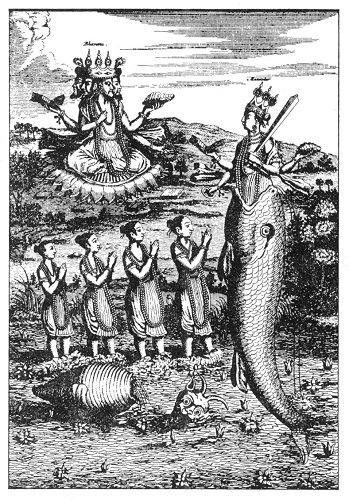
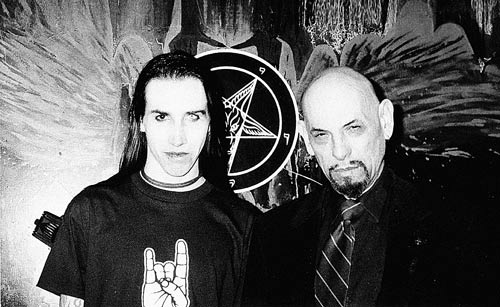

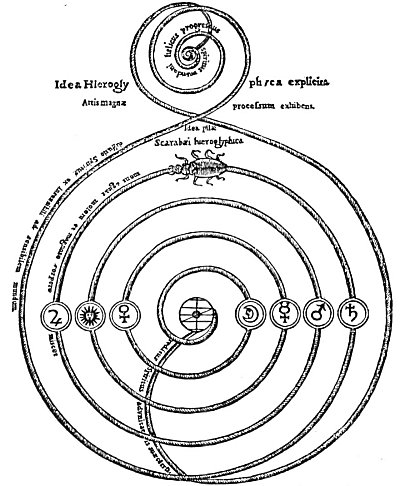
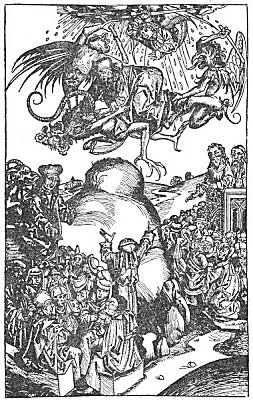
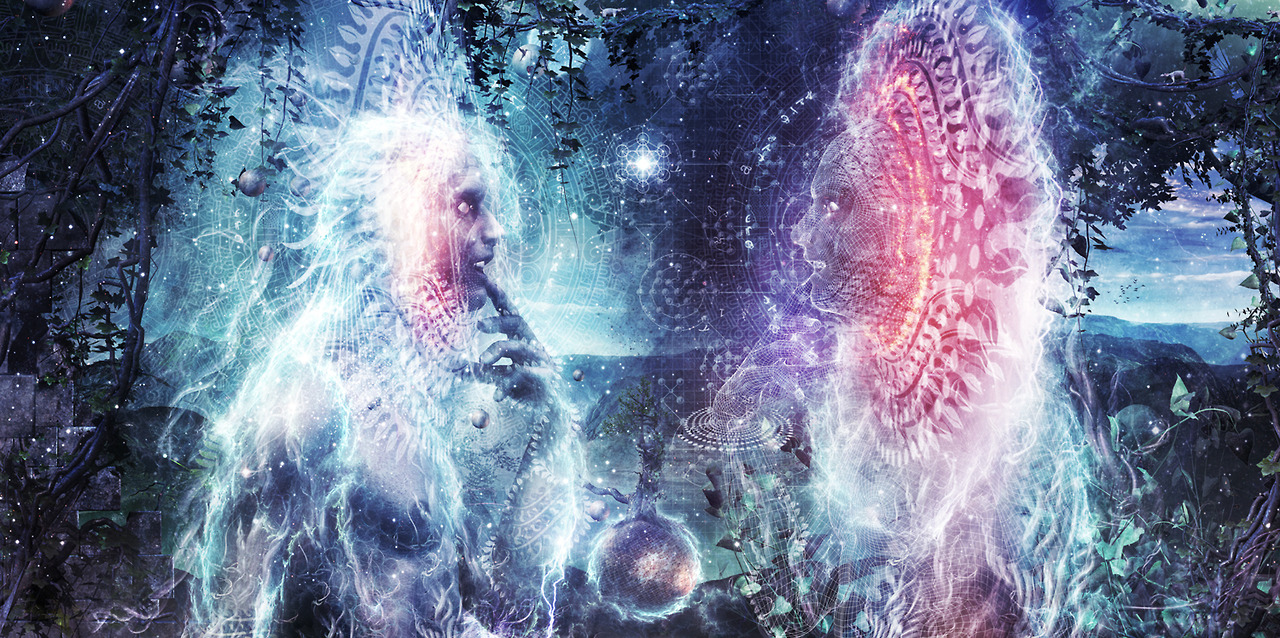

![How the Isle of Wight received Christian inhabitants, and two royal youths of that island were killed immediately after Baptism [686 A. D.] | Book 4 | Chapter 16 How the Isle of Wight received Christian inhabitants, and two royal youths of that island were killed immediately after Baptism [686 A. D.] | Book 4 | Chapter 16](https://www.gnosticwarrior.com/wp-content/plugins/contextual-related-posts/default.png)